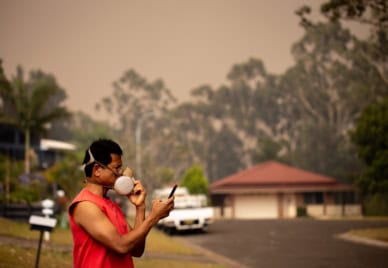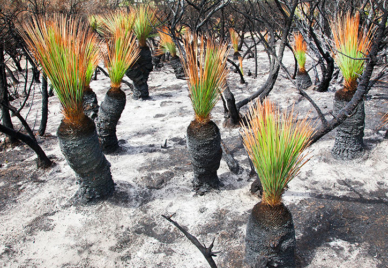
The Challenge
Health impact assessments of environmental exposures are currently hampered by the absence of integrated datasets, workflows and metadata requirements.
The Response
The Air-Health Scientific Workflow System (SWS) project solves the difficulties associated with merging environmental and health datasets.
The platform uses existing APIs to access environmental and health data from several sources, including:
- state government air pollution monitors
- satellites from space agencies
- Bureau of Meteorology
- land use/planning agencies
- Australian Bureau of Statistics
- Australian Transport Research Cloud.
Air-Health SWS enables users to build and extend analyses by linking data acquisition, data transformation, mathematical operations, graphing, statistical analysis and outputs.
The system will support users in the selection of study areas, exposure types (particulate matter, nitrogen dioxide and ozone, etc), time periods (historical and future) and desired health impact assessment outputs.
Users are guided through decisions about spatiotemporal considerations and exposure data types and sources to support rigorous epidemiological analysis. The SWS will identify and access required exposure and health datasets and will perform analysis steps that combine these to calculate health burden and impact.
The platform streamlines desktop and web-based research processes to translate research into policy.
The Outcomes
The Air-Health Scientific Workflow System project solves the difficulties associated with merging environmental and health datasets using existing computational and data infrastructure. This will assist health decision makers, researchers and public sector users to translate research into policy.
- Mortality Burden of Heatwaves in Sydney, Australia Is Exacerbated by the Urban Heat Island and Climate Change: Can Tree Cover Help Mitigate the Health Impacts? Atmosphere. 2022; 13(5):714. https://doi.org/10.3390/atmos13050714
- Mortality burden attributable to exceptional PM2.5 air pollution events in Australian cities: A health impact assessment. Heliyon 2024, 10, e24532. https://doi.org/10.1016/j.heliyon.2024.e24532
- Climate Change, Drought and Rural Suicide in New South Wales, Australia: Future Impact Scenario Projections to 2099. International Journal of Environmental Research and Public Health. 2022; 19 (13):7855. https://doi.org/10.3390/ijerph19137855
Who Will Benefit
Researchers, research organisations, public sector agencies, government (state/territory and federal), polluting industries and the health sector will benefit from this project’s core features:
The Partners
Our partners are:
- Curtin University
- The University of Sydney
- Department of Planning and Environment NSW (DPE NSW)
- Australian Institute of Health and Welfare (AIHW)
- Environmental Protection Authority Victoria
- Monash University
- The University of Queensland
- NHMRC Centre for Safe Air (CSA)
Contact the ARDC
Timeframe
Current Phase
ARDC Co-investment
Project lead
Categories
Related Case Studies






